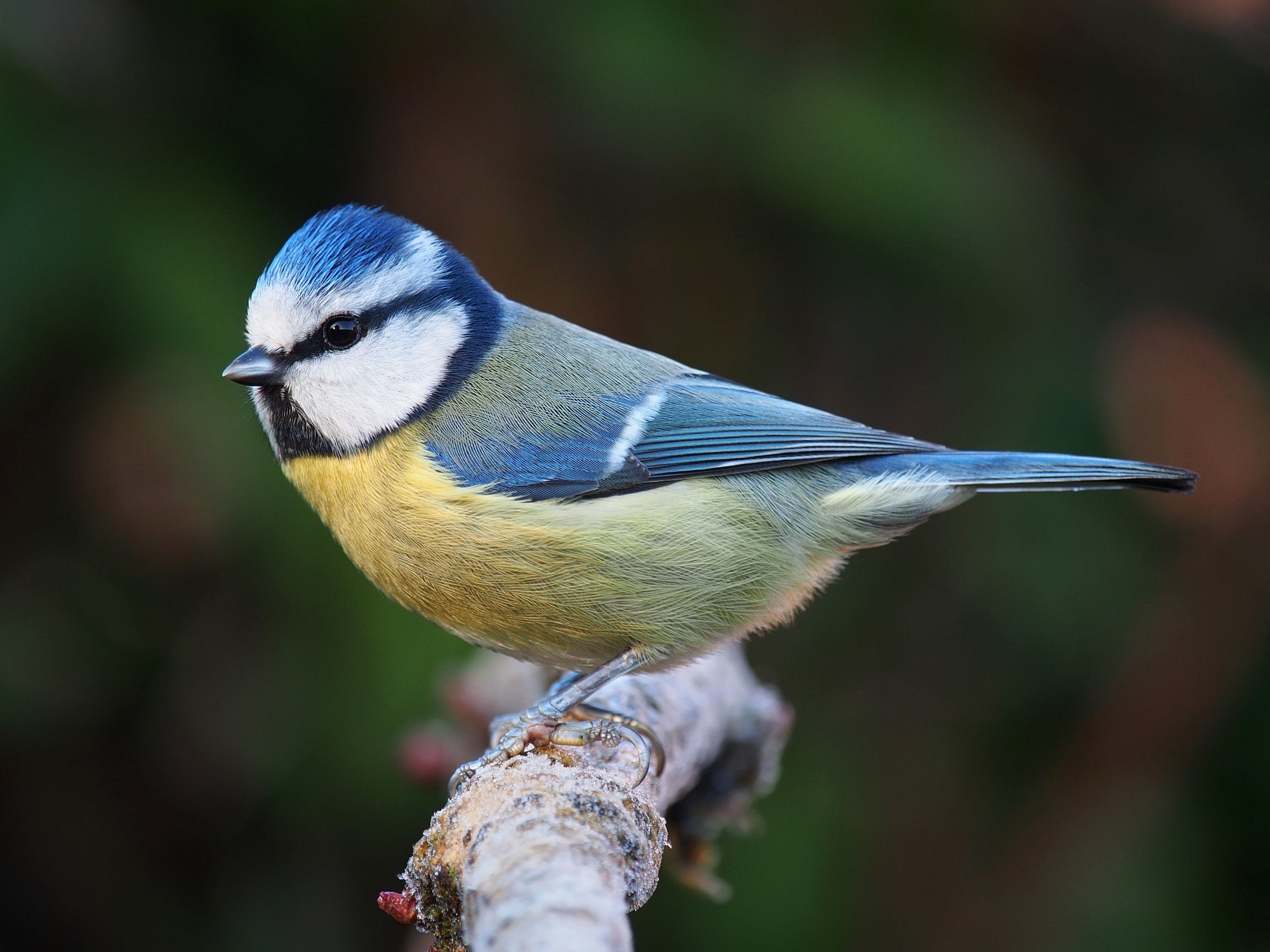|
Imbophorus
''Imbophorus'' is a genus of moths in the family Pterophoridae. Species *''Imbophorus aptalis'' (Walker, 1864) *''Imbophorus leucophasmus'' (Turner, 1911) *''Imbophorus pallidus ''Imbophorus pallidus'' is a species of moth of the family Pterophoridae. It is found in Australia Australia, officially the Commonwealth of Australia, is a Sovereign state, sovereign country comprising the mainland of the Australia ( ...'' Arenberger, 1991 Pterophorini Moth genera {{Pterophorinae-stub ... [...More Info...] [...Related Items...] OR: [Wikipedia] [Google] [Baidu] |
|
 |
Pterophoridae
The Pterophoridae or plume moths are a family of Lepidoptera with unusually modified wings. Though they belong to the Apoditrysia like the larger moths and the butterflies, unlike these they are tiny and were formerly included among the assemblage called "microlepidoptera". Description and ecology The forewings of plume moths usually consist of two curved spars with more or less bedraggled bristles trailing behind. This resembles the closely related Alucitidae (many-plumed moths) at first glance, but the latter have a greater number of symmetrical plumes. The hindwings are similarly constructed, but have three spars. This unorthodox structure does not prevent flight. A few genera have normal lepidopteran wings. The usual resting posture is with the wings extended laterally and narrowly rolled up. Often they resemble a piece of dried grass, and may pass unnoticed by potential predators even when resting in exposed situations in daylight. Some species have larvae which are stem- ... [...More Info...] [...Related Items...] OR: [Wikipedia] [Google] [Baidu] |
|
Imbophorus Leucophasmus
''Imbophorus leucophasmus'' is a species of moth of the family Pterophoridae. It is found in Australia, where it is known from Queensland and New South Wales. Adults have off-white wings with variable brown markings, and a wingspan The wingspan (or just span) of a bird or an airplane is the distance from one wingtip to the other wingtip. For example, the Boeing 777–200 has a wingspan of , and a wandering albatross (''Diomedea exulans'') caught in 1965 had a wingspan of ... of 15–18 mm. References Pterophorini Moths of Australia Moths described in 1911 Taxa named by Alfred Jefferis Turner {{Pterophoridae-stub ... [...More Info...] [...Related Items...] OR: [Wikipedia] [Google] [Baidu] |
|
|
Imbophorus Aptalis
''Imbophorus aptalis'' is a species of moth of the family Pterophoridae. It is found in Australia (from northern Queensland to southern New South Wales and south-western Australia), as well as the New Hebrides, Fiji and Tonga. The wingspan is about 17–25 mm. The larvae feed on ''Astrotricha latifolia ''Astrotricha latifolia'', known as the broad-leaf star hair, is a plant found in eastern Australia. A shrub usually seen around 3 metres tall. Though it can grow to 9 metres tall and be an imposing small tree in the eucalyptus understorey. The ...'' and '' Astrotricha floccosa''. References Pterophorini Moths of Australia Moths described in 1864 Taxa named by Francis Walker (entomologist) {{Pterophoridae-stub ... [...More Info...] [...Related Items...] OR: [Wikipedia] [Google] [Baidu] |
|
|
Imbophorus Pallidus
''Imbophorus pallidus'' is a species of moth of the family Pterophoridae. It is found in Australia Australia, officially the Commonwealth of Australia, is a Sovereign state, sovereign country comprising the mainland of the Australia (continent), Australian continent, the island of Tasmania, and numerous List of islands of Australia, sma .... References Pterophorini Moths of Australia Moths described in 1991 {{Pterophoridae-stub ... [...More Info...] [...Related Items...] OR: [Wikipedia] [Google] [Baidu] |
|
 |
Species
In biology, a species is the basic unit of classification and a taxonomic rank of an organism, as well as a unit of biodiversity. A species is often defined as the largest group of organisms in which any two individuals of the appropriate sexes or mating types can produce fertile offspring, typically by sexual reproduction. Other ways of defining species include their karyotype, DNA sequence, morphology, behaviour or ecological niche. In addition, paleontologists use the concept of the chronospecies since fossil reproduction cannot be examined. The most recent rigorous estimate for the total number of species of eukaryotes is between 8 and 8.7 million. However, only about 14% of these had been described by 2011. All species (except viruses) are given a two-part name, a "binomial". The first part of a binomial is the genus to which the species belongs. The second part is called the specific name or the specific epithet (in botanical nomenclature, also sometimes i ... [...More Info...] [...Related Items...] OR: [Wikipedia] [Google] [Baidu] |
 |
Moth
Moths are a paraphyletic group of insects that includes all members of the order Lepidoptera that are not butterflies, with moths making up the vast majority of the order. There are thought to be approximately 160,000 species of moth, many of which have yet to be described. Most species of moth are nocturnal, but there are also crepuscular and diurnal species. Differences between butterflies and moths While the butterflies form a monophyletic group, the moths, comprising the rest of the Lepidoptera, do not. Many attempts have been made to group the superfamilies of the Lepidoptera into natural groups, most of which fail because one of the two groups is not monophyletic: Microlepidoptera and Macrolepidoptera, Heterocera and Rhopalocera, Jugatae and Frenatae, Monotrysia and Ditrysia.Scoble, MJ 1995. The Lepidoptera: Form, function and diversity. Oxford, UK: Oxford University Press; 404 p. Although the rules for distinguishing moths from butterflies are not well establishe ... [...More Info...] [...Related Items...] OR: [Wikipedia] [Google] [Baidu] |